With the Novel Coronavirus (COVID-19) pandemic event, hospitals are working to provide proper isolation procedures for the regularly admitted patient and their medical teams, while in parallel, supporting the COVID-19 infected population. Unfortunately, during these global events, fundamental process of care measures like documentation of vital signs, including proper monitoring of a patient's urine output, can be difficult. Urine output is a key metric in monitoring the fluid state of a patient, especially in COVID-19 patients that suffer from pneumonia, which can jeopardize their kidney functionality. Acute Kidney Injury (AKI) happens to be a severe symptom of COVID-19, especially for patients in a critical condition.
Some hospitals have adopted a unique approach to monitoring a patient's urine flow, one that eliminates this near-proximity, manual and time-consuming process. With electronic, urine-monitoring systems like the Clarity RMS® from RenalSense, a technology that continuously measures urine flow, automatically transmitting to the medical staff real-time data, and notifications of fluctuations, on a 24/7 basis, the hospital staff has peace of mind knowing the patients urine flow is being captured on the hour and tracked electronically. This information, which reflects changes in renal function, provides an early sign of AKI risk and facilitates rapid intervention.
Dr. Hassan Khouli, Chair of the Department of Critical Care Medicine at The Cleveland Clinic, says that when it comes to surveillance, the CDC states, "when transmission of epidemiologically-important organisms continues despite implementation and documented adherence to infection prevention and control strategies, obtain consultation from persons knowledgeable in infection control and healthcare epidemiology to review the situation and recommend additional measures for control".
Once the patient is connected, the hospital staff can monitor urine output of a patient at a distance - a very useful tool for the isolation room. The technology limits the number of times that staff needs to go into an isolation room that maintains an infected patient and allows them to visually view the graphically trended urine output remotely – this alerts them automatically that a patient's urine output has dropped below globally accepted standards.
To find out which hospital in your area may be utilizing the Clarity RMS®, please visit RenalSense's website at: www.renalsense.com
March 24, 2020
Topic Area: Press Release
Recent Posts
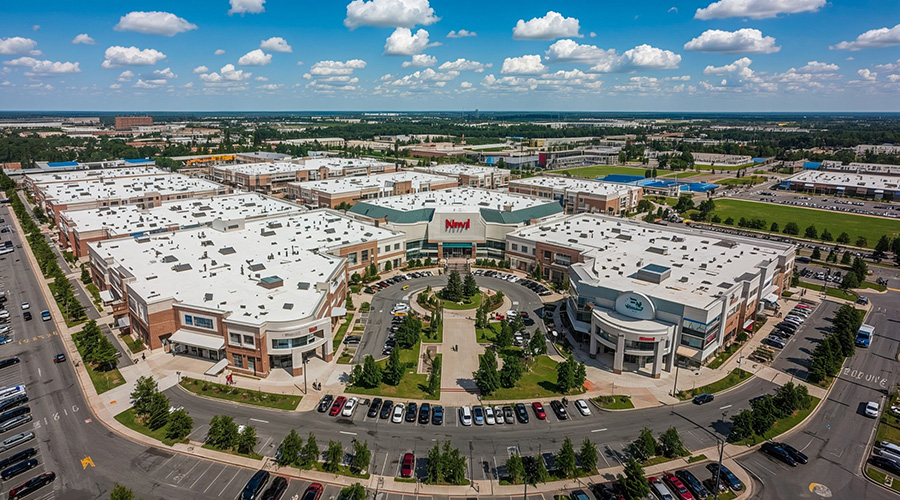 Healthcare Is the New Retail
Healthcare Is the New Retail
How site selection strategies are shaping the future of medical real estate.
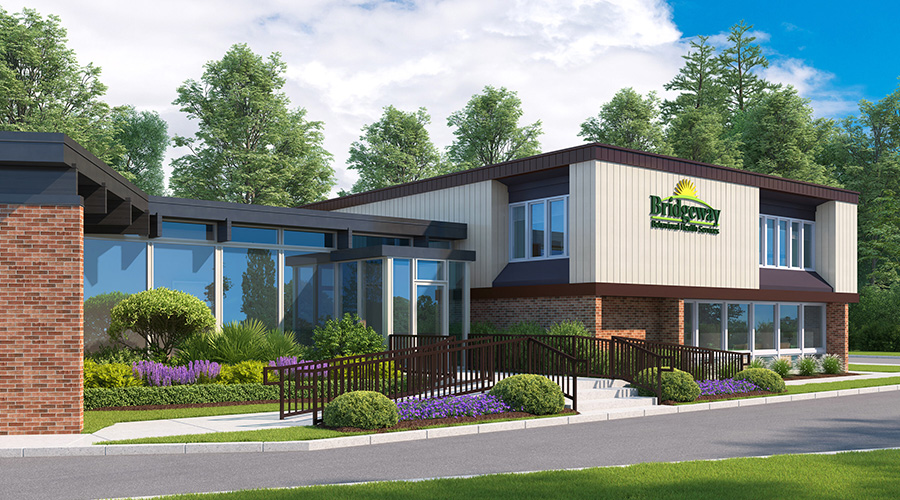 Bridgeway Behavioral Health Services Launches Campaign to Renovate Health Center
Bridgeway Behavioral Health Services Launches Campaign to Renovate Health Center
The $2 million capital campaign aims to renovate and expand the outpatient behavioral health center in Elizabeth, New Jersey.
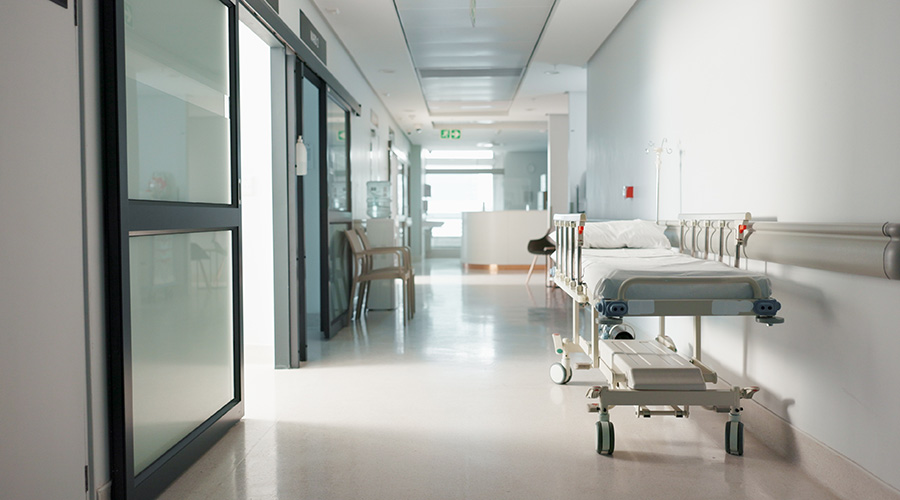 Ground Broken for New North Dakota State Hospital
Ground Broken for New North Dakota State Hospital
The 300,000-square-foot facility in Jamestown will provide 140 beds in a modern, trauma-informed care environment.
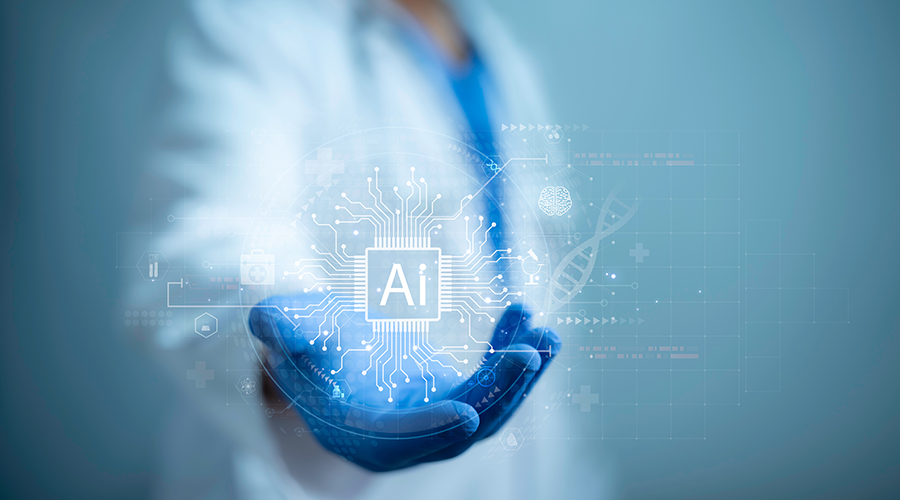 AI Usage for Healthcare Facilities
AI Usage for Healthcare Facilities
People in all industries are finding more use cases for artificial intelligence.
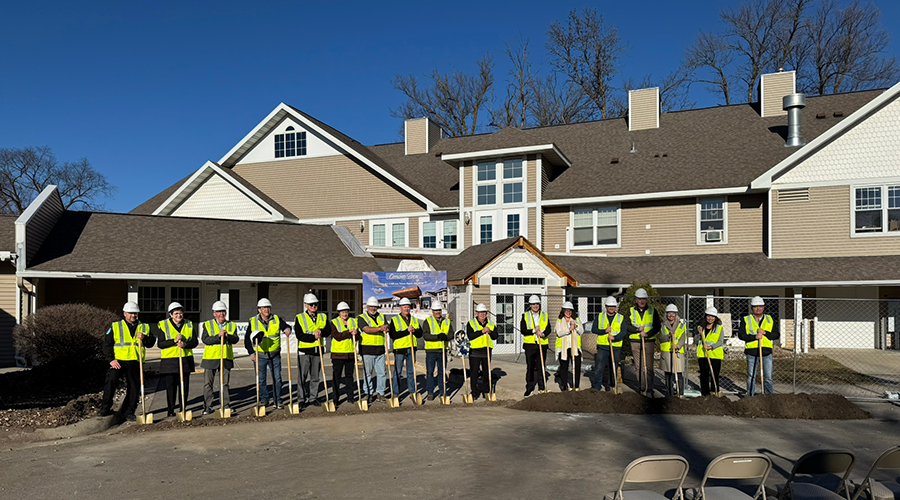 Ground Broken on Pelican Valley Senior Living Modernization Project
Ground Broken on Pelican Valley Senior Living Modernization Project
It is expected to reach completion in early-mid 2027.